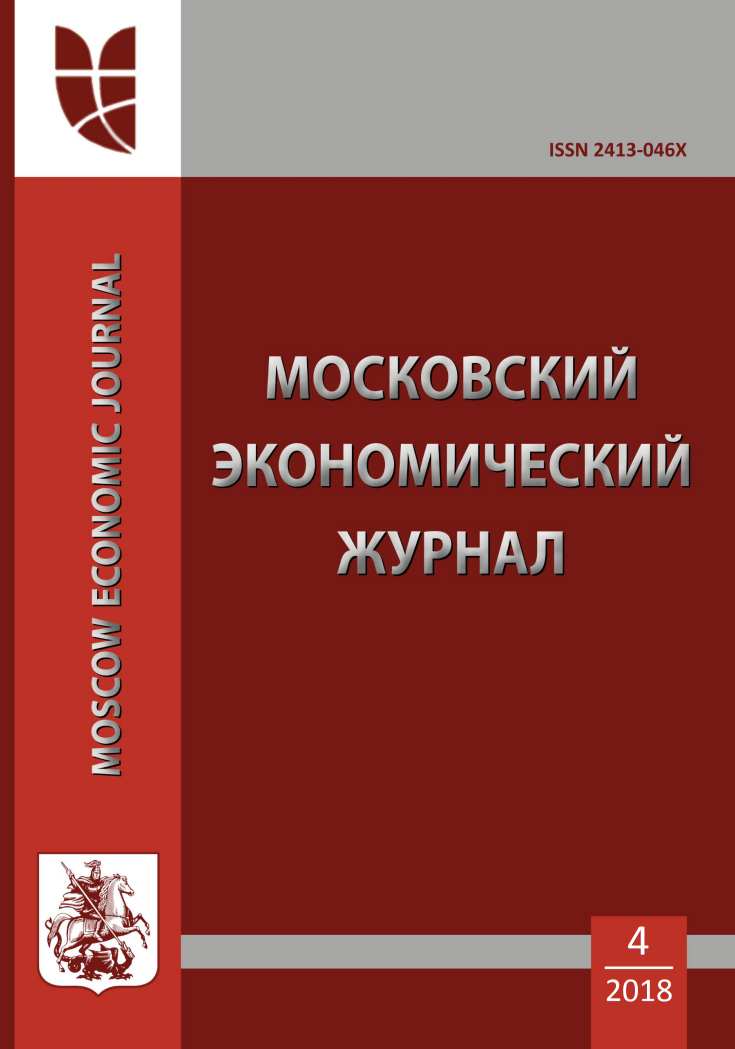Russian Federation
Russian Federation
Russian Federation
Russian Federation
The aim of the research was to develop an approximate scheme of alternation of agricultural crops in various types of crop rotations, arranged in the foothill zone of Kabardino-Balkaria. The objects of research were field, fodder and special (vegetable) crop rotations that are most prevalent in the agricultural production of the republic. In justifying the types and number of crop rotations, it was envisaged that the main crops would be sown according to the best predecessors, and the crop rotations themselves would be agrotechnically finished lands. Only due to better placement of crops on the soil of the republic, the value of gross crop production will increase from 17 to 30%, the net income of agricultural enterprises will increase significantly; due to better placement of crops to eliminate the humus-free balance of humus, it will take 20,800 tons less, which will save in cash terms about 2.8 mln. rubles. The research methodology was based on the results of field experiments and the generalization of data from research institutions of the Kabardino-Balkarian Republic. The research revealed the imperfection of the organization of agricultural land use in the CBD. The lack of completed land reforms and the developed Land Policy Foundations, regional and local strategies for the use and protection of land led to the degradation of productive agricultural lands, the tendency for their deterioration, unsystematic and uncontrolled use of arable land, depletion of soil fertility, soil erosion. As a result of research and analysis of the results of experimental work of scientists of the Kabardino-Balkar State Agrarian University, 9-field field, 9-field fodder and 9-field vegetable crop rotations have been developed. The area of application of the results of the study may be land tenure and land use of agricultural producers with sufficient arable land for the rotation of crops. Conclusion: the proper arrangement of crop rotation with the proposed pattern of alternation of agricultural crops will create opportunities to increase the productivity of arable land in the CBD and protect it from water and wind erosion.
crop rotation, agriculture, land management, predecessors, agrotechnology, structure of sown areas, alternation of cultures
1. Agrotehnicheskie osnovy v zemledelii i rastenievodstve / A.M. El'mesov.- Nal'chik, KBGSHA, 2008.
2. ZhaboevS.A.Zadachi zemleustroystva po povysheniyu effektivnosti ispol'zovaniya zemel' v KBR// Prirodoobustroystvo i melioraciya vodosborov gornyh i predgornyh landshaftov: sbornik nauchnyh statey.- Nal'chik, 2016. S89-90.
3. Zhaboev S.A. Osnovnye napravleniya sovershenstvovaniya sistemy upravleniya zemel'nym fondom RF// Agrarnaya nauka v usloviyah modernizacii i innovacionnogo razvitiya APK Rossii: sbornik mat-lov Vserossiyskoy nauchno-metodicheskoy konferencii s mezhdunarodnym uchastiem, posvyaschennoy 100-letiyu akademika D.K.Belyaeva. -Ivanovo , 2017. S.279-282.
4. Zhaboev S.A., Ahmatova M.H., BatovaZ.S. Puti sovershenstvovaniya ispol'zovaniya zemel'nyh resursov Kabardino-Balkarskoy Respubliki// Problemy agropromyshlennogo kompleksa stran Evraziyskogo ekonomicheskogo soyuza : mat-ly 1 Mezhdunarodnoy NPK.-Nal'chik, 2015. S123-127.
5. Zemledelie / S.A. Vorob'ev. A.N. Kashtanov. A.M.Lykov, I.P.Makarov.- M.: Agropromizdat, 1991.
6. Zemleustroystvo i racional'noe ispol'zovanie zemli / pod red. G.A. Kuznecova i V.P. Proshlyakova.-M.:Kolos, 1987.
7. Shalov T.B., Zhaboev S.A., Ahmatova M.H. Zemleustroitel'noe proektirovanie// Metod. ukazaniya po vypolneniyu vypusknyh kvalifikacionnyh rabot.-Nal'chik, KBGAU, 2015.
8. El'mesov A.M., Kashukoev M.V., Tiev R.A., Eziev M.I. Agroekologicheskie aspekty bespluzhnogo pochvozaschitnogo zemledeliya : protivorechiya i perspektivy.-Nal'chik,2015.
9. El'mesov A.M., Kashukoev M.V., Pochvozaschitnye, resursosberegayuschie tehnologii vozdelyvaniya yarovyh kolosovyh kul'tur// Negosudarstvennye resursnye potencialy razvitiya sel'skih territoriy Rossii: mat-lyVseross. NPK smezhdunar. uchastiem.-Nal'chik, 2015. S146-147.
10. El'mesov A.M., Tiev R.A. Regulirovanie sornogo komponenta agrofitocenoza v zemledelii.-Nal'chik, KBGAU, 2015.
11. Fomin A.A. Tendencii i problemy razvitiya zemel'nogo zakonodatel'stva. Materialy k Parlamentskim slushaniyam Soveta Federacii Federal'nogo Sobraniya Rossiyskoy Federacii i k Stolypinskim chteniyam v Gosudarstvennom universitete po zemleustroystvu 19 aprelya 2018 goda / Pod obsch. red. S.N. Volkova, A.A Fomina. Moskva, 2018.
12. Fomin A.A., Tihomirova A.I. Makroekonomicheskie faktory realizacii eksportnogo potenciala zhivotnovodstva. Mezhdunarodnyy sel'skohozyaystvennyy zhurnal. 2018. № 3. S. 68-72.
13. Fomin A. Import substitution in the agro-industrial complex of Russia. International Agricultural Journal. 2018. T. 61. № 1. S. 1.
14. Fomin A.A. Ekonomicheskie preobrazovaniya v zemel'no-imuschestvennom komplekse Rossii: analiz i puti resheniya. Sbornik nauchnyh statey i tezisov Mezhdunarodnoy nauchnoy-prakticheskoy konferencii / 2017.











